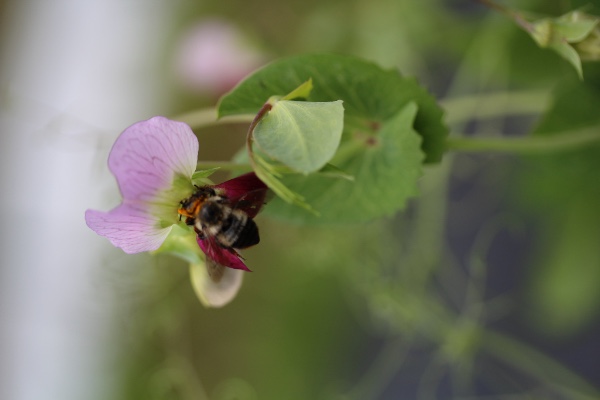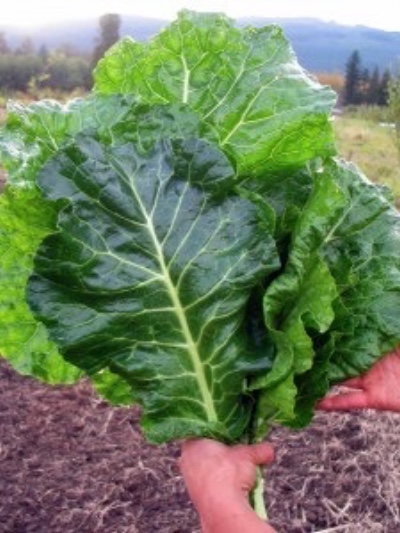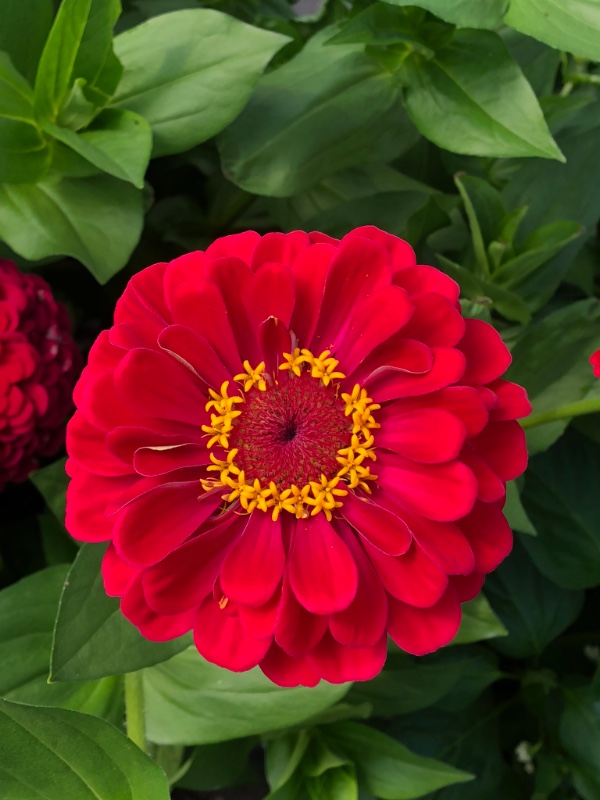2018 Week 4 Newsletter
Summer Solstice and Second Shots
It's official - summer is here! That also means we start losing daylight at the rate of a couple of minutes each day. In farming, it turns out this matters. The plants notice this change in daylight and respond differently after the solstice by bolting less and instead putting their energy into growing big to store energy for the winter with the plan of flowering in the spring. In our moderate, PNW climate planting after summer solstice is like a second shot at all the vegetables that bolted too early in our bright spring sunshine. We are busy planning and ordering seeds for this second chance at planting.
“Bend low again, night of summer stars.
So near you are, sky of summer stars,
So near, a long-arm man can pick off stars,
Pick off what he wants in the sky bowl,
So near you are, summer stars,
So near, strumming, strumming,
So lazy and hum-strumming.”
— Carl Sandburg
Celebrate National Pollinator Week!
Here are some shots of just a few of the dozens of pollinator friends on the farm. The hummingbirds, moths, butterflies, and ants also help pollinate the fruits and vegetables. Thank you to all of them! If you want to know more about how to help pollinators in your own backyard check out this link to the Pollinator Partnership website.
CSA Basket - Week 4
Here is what you can expect to find in a large share basket this week (asterisk for small share items):
Salad Mix* - make a salad and enjoy with a homemade creamy cucumber dill dressing (recipe follows)
Collards* - a Southern staple - see recipe ideas in Chef's Corner
Cucumber* - great as a snack or on a salad
Dill* - perfect summer herb - for dressing or pickling or chopped straight onto a salad
Peas* - tasty as fresh snack at your desk - or sauté with sesame oil and finish with sesame seeds for a side dish
Fresh Onions - use like an onion in your favorite recipe, or dice and use raw in a quinoa salad - use the green stems, too!
Cabbage, Napa -a lovely Asian cabbage - perfect in a stir-fry or sliced raw in a slaw
Purple Top Turnip - great in sticks and eaten raw or cubed and roasted with olive oil
Broccoli - try a broccoli salad with a little bacon
Vegetable of the Week - Collards
Historical Origins - Like most Brassica vegetables, collard greens probably descended from wild cabbages found in Asia before recorded history. They eventually spread through Europe, and the Greeks and Romans grew kale and collards in domestic gardens over 2,000 years ago. Collard greens traveled to the Americas by ship and have become the staple in Southern cuisine.
Botanical Facts - Collard greens are a broad-leafed vegetable of the Brassica oleracea species, which also includes broccoli, Brussels sprouts, cabbage, and kale. This variety has been bred for the Pacific Northwest and is called 'Cascade Glaze.'
Culinary Uses - Collard greens are grown and eaten regularly in many countries across the world. In Brazil, the side dish couve a mineira is prepared by sautéing collard greens in olive oil and butter; in the Kashmiri region of India, haak, is a collard dish that can be incorporated into a traditional feast called a wazwan; Portuguese families use collards or kale in a soup known as caldo verde, or “green broth.” And, in America, South Carolina has adopted the collard as the official state vegetable. Lithonia, near Atlanta, has an annual Collard Green Cultural Festival that includes collard green ice cream.
Another Bite - From Chef Darlene:
I’m from the South where collard greens are cooked for a long time until completely silky and lose their bright color, but they don’t have to be prepared that way, especially if they’re small. If small and young, they can even be eaten raw if you very thinly slice them. Try a salad of collards, red onion slices, walnuts, currants and cubed feta. Or chop, sauté in butter and add to scrambled eggs. Or chop and add to a quiche filling.
CSA Tip of the Week:
Too many vegetables to eat - think PICKLE! My go-to quick pickling recipe is ½ cup red wine vinegar, ½ cup water, pinch of salt and 3 Tablespoons of sugar. Heat until the sugar melts and pour over sliced vegetables in a pint canning jar. I make pickled red onions this way all year to liven up sandwiches, but the same mixture works on any of the vegetables that you can eat raw. Try mixing up the vinegar (rice vinegar is great with radishes, cucumber or shallots) and play around with the amount of sugar. Some, like rice vinegar, are less acidic than others, so you can use less sugar and water. You can also add garlic, crushed red pepper, fresh herbs, ginger - basically, whatever you like.
Creamy Dill-Cucumber Dressing
1 cucumber, seeded and roughly chopped
1/2 cup mayo of choice
1/4 cup lemon juice
2 tablespoons chopped fresh dill
1 teaspoon garlic powder
1/2 teaspoon fine sea salt
1/4 teaspoon ground black pepper
Combine all ingredients in a blender or food processor and blend until smooth. Use immediately or store in an airtight jar for up to 3 days.
This baby Himalayan blackberry looks like little green eggs in a bird's nest.
A bright red zinnia in the hoop house. I love the little inner circle of bright yellow florets - designed to attract the pollinators.
We are excited to announce a new partnership with the Skokomish Tribe! We will be providing weekly CSA bags and a market style pick-up of fresh, seasonal, and local vegetables and eggs to our neighbors through the Skokomish Tribe Health Clinic. We will continue to be at the Harstine Island Farmer's Market and Shelton Farmers Markets on Saturdays throughout the summer. You can also find us online at Fresh Food Revolution for deliveries to Gig Harbor, Key Penninsula, and Allyn. Come see us at the market!
Your SVF Farm Team








